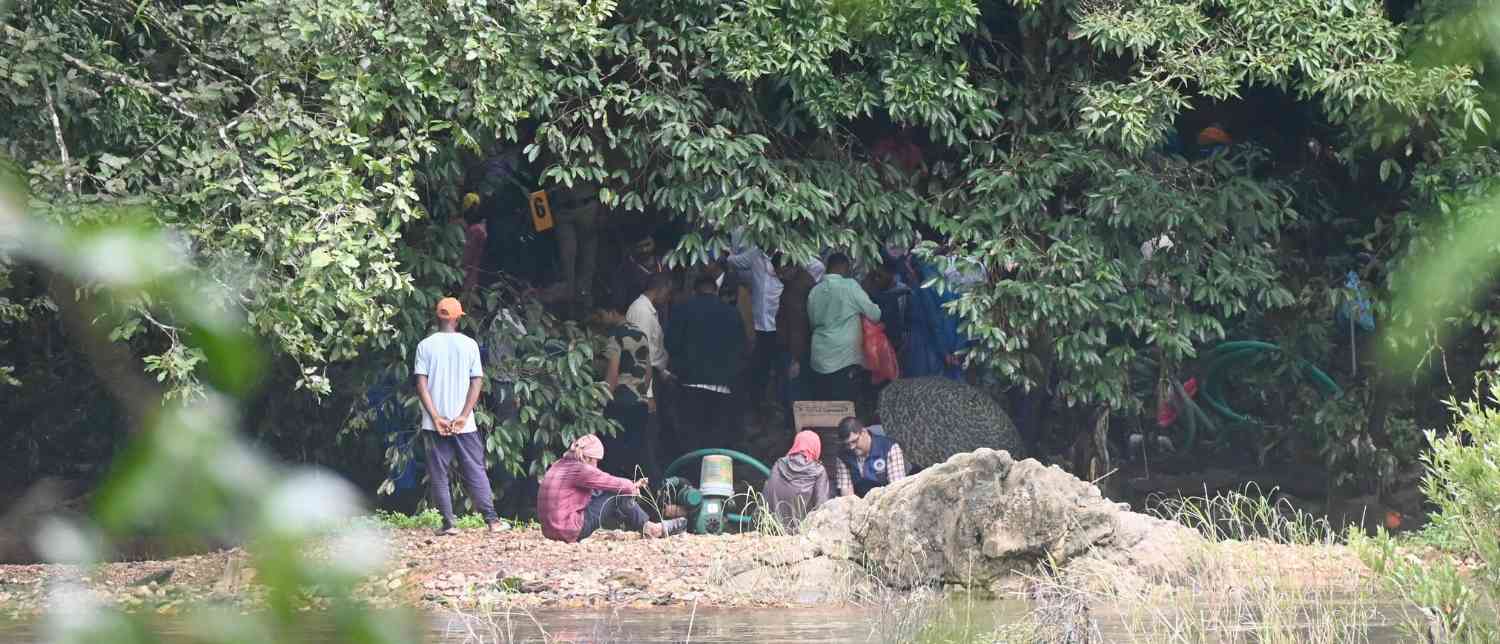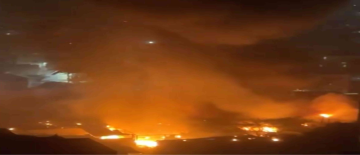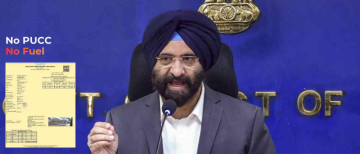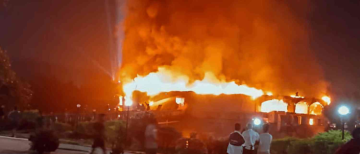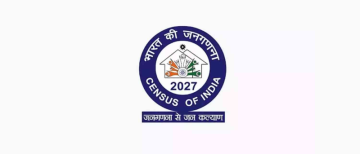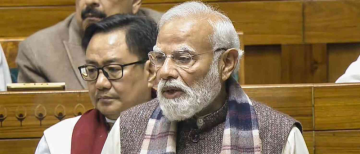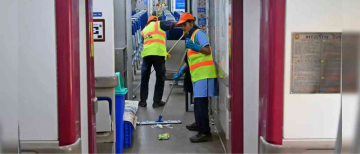Dharmasthala, a once serene and revered temple town in Karnataka, is now at the heart of one of the state’s most disturbing investigations—an alleged series of mass burials, possible sexual violence, and long-standing silence. As the Special Investigation Team (SIT) digs into decades-old secrets, tensions rise between truth-seeking journalists and protective locals, while grieving families seek long-awaited justice.
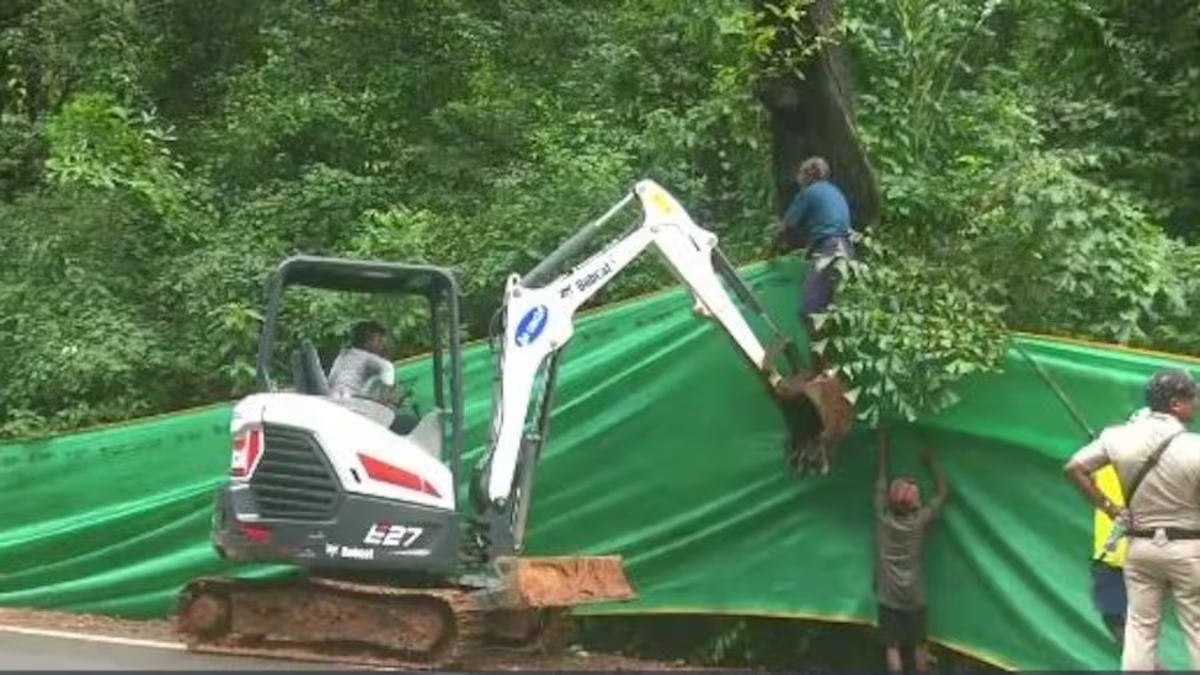
The Chilling Allegation That Shook a Temple Town
The upheaval began when a former sanitation worker came forward with explosive claims: that between 1995 and 2014, he was forced to bury hundreds of human bodies—many allegedly victims of sexual assault, acid attacks, or murder—in forests and along riverbanks surrounding Dharmasthala. His testimony, backed by skeletal remains and identification of 13 suspected burial sites, prompted the Karnataka government to form a Special Investigation Team (SIT).
The allegations have cast a long, dark shadow over Dharmasthala, once renowned for its spiritual hospitality. Lodges that once teemed with pilgrims now lie half-empty. Conversations in marketplaces turn silent at the mere mention of the word “bodies.”
“Now all visitors ask is if we’ve seen anything suspicious,” said a lodge manager near the temple.
The initial findings at Site 6 near the Nethravathi River supported the whistleblower’s claims, with skeletal remains and fragments of a saree discovered. However, progress since has been uneven, complicated by monsoon rains, overgrown vegetation, and discrepancies within the SIT itself.
A Community on Edge: Clashes and Violence
As the SIT exhumation process drew public interest, independent media channels and YouTubers flocked to Dharmasthala to cover developments. Their presence, however, was not welcomed by all.
On August 6, tensions boiled over when a group of residents clashed with YouTubers near Shantivana. The residents objected to what they saw as "negative propaganda" tarnishing their sacred town's image. The confrontation turned violent:
-
Five individuals—including Ajay Anchan (Kudla Rampage), Santosh (Sanchari Studio), and Abhishek (United Media)—were injured, some with head wounds.
-
Cameras, phones, and memory cards were destroyed, and two vehicles vandalized.
-
A reporter from Suvarna News, Harish Ramaswamy, was also assaulted while seeking a response to the YouTuber attacks.
As the situation escalated, supporters of a justice movement for the 2012 rape and murder of Saujanya—a local college student—also arrived on the scene, clashing with those defending Dharmasthala's image. Police were forced to resort to lathi-charge to disperse the crowds and register multiple FIRs for unlawful assembly and assault.
"We were in the middle of an interview when around 25 people surrounded us," recounted Ajay Anchan. The journalists were interviewing Bigg Boss Kannada contestant Rajat Kishan G, who had come to meet Saujanya’s family.
Digital rights groups and political parties such as CPI(M) and DYFI have condemned the assaults, urging authorities to protect press freedom and take legal action against the attackers.
A Key Witness Missing, and Investigations Falter
On August 7, the SIT faced another blow when the anonymous whistleblower failed to appear for a scheduled excavation at the 13th site. Officials, including Assistant Commissioner Stella Verghese, had gathered at the Belthangadi SIT office, only to be left in limbo.
The complainant’s prior tips had led to the recovery of multiple skeletal remains, yet on this crucial day, he was untraceable. His absence cast uncertainty over the probe's credibility and timeline.
Officials later revealed that the whistleblower is protected under India’s Witness Protection Scheme, which permits secure communication and movement under police surveillance. However, a local resident has since demanded that the individual be taken into direct SIT custody to ensure transparency and avoid any external influence.
Adding to the confusion, internal contradictions within the SIT have emerged. At one identified site, an officer claimed skulls and bones were found on the surface with a saree tied to a tree—suggesting possible suicide. Another officer flatly denied any such find, exposing fissures in official communication.
Legal Loopholes and Forensic Hurdles
As public interest in the case grows, so do the procedural challenges. One major issue is jurisdictional ambiguity. The SIT, not being an official police station, cannot file fresh cases, limiting their powers to investigating already registered complaints. This loophole has delayed progress and drawn criticism regarding the structure of the investigation.
Forensic examination of the recovered bones is underway, but labs are backlogged. Experts warn that DNA identification and injury analysis could take months. Despite the delays, authorities stress that the evidence is being securely stored and handled with urgency.
“The mere recovery of bones doesn’t confirm rape or murder,” an SIT officer said, highlighting that Dharmasthala has historically been a site for burying unclaimed bodies and suicide victims—another complicating factor.

Old Wounds Reopened: The Cases of Ananya, Saujanya, and Others
As the investigation unfolds, residents and victims’ families are reliving traumatic pasts.
In 2003, Ananya Bhat, a young MBBS student, disappeared during a visit to Dharmasthala. Her mother, Sujatha Bhat, a CBI officer, was assaulted and hospitalized while searching for her. She returned home months later to find Ananya’s documents gone and her house ransacked. Her daughter was never found.
In 2012, Saujanya, a 17-year-old student at a temple-run college, was discovered tied to a tree with broken ribs and cut wounds. Her mother recalls that the police ignored suspects named by her husband, and despite passing through local police, CID, and eventually the CBI, the case led to acquittal for lack of evidence.
“Saujanya is every girl who was silenced,” her mother says. “She is the light revealing all the darkness.”
The trauma doesn’t stop there. Locals recount a 1979 case of a teacher allegedly burned alive for challenging temple authorities, and in 1986, the daughter of a communist leader was found dead and naked by the river. Neither case saw justice.
A 2016 government report recorded 100 unnatural female deaths annually in Belthangady taluk, with many in Dharmasthala alone.
Faith, Fear, and the Fight for Justice
Dharmasthala is now at a crossroads—between its celebrated past as a spiritual haven and its emerging identity as a site of buried trauma and cover-ups. As legal confusion, political sensitivity, and public outrage collide, the search for truth faces formidable odds.
Yet amid the silence, voices are rising.
“No one else has come forward, not because nothing happened, but because everyone was silenced,” says Saujanya’s mother. “Justice for all those women buried in silence is justice for her.”
The SIT continues its work, the journalists keep filming, and the people—both grieving and defiant—press forward, seeking not just answers, but healing.
With inputs from agencies
Image Source: Multiple agencies
© Copyright 2025. All Rights Reserved. Powered by Vygr Media.

